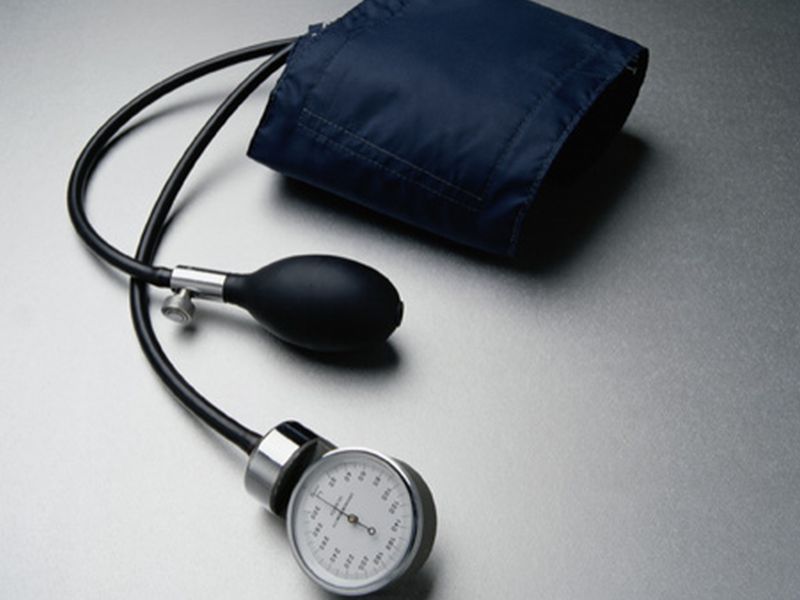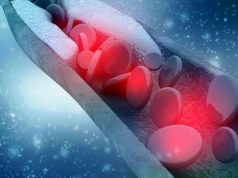Symptoms of IOH in young women reduced with preactivation of lower body muscles before standing, lower body muscle tensing after standing
THURSDAY, Feb. 24, 2022 (HealthDay News) — Two simple techniques may help patients manage symptoms of initial orthostatic hypotension (IOH), according to a study published online Feb. 9 in Heart Rhythm.
Nasia A. Sheikh, from the University of Calgary in Alberta, Canada, and colleagues examined the drops in mean arterial pressure and presyncope symptoms following three sit-to-stand maneuvers. Twenty-four female participants (mean age, 32 ± 8 years) completed a sequence of three sit-to-stand maneuvers: no intervention (control) followed in random order by preactivating lower body muscles (PREACT) before standing and lower-body muscle tensing (TENSE) after standing.
The researchers found that the drops in mean arterial pressure were significantly reduced following PREACT (â21 ± 8 mm Hg) and TENSE (â18 ± 10 mm Hg) compared with control (â28 ± 10 mm Hg). Compared with control (1.4 ± 1 L/min), there was a significantly larger increase in cardiac output noted following PREACT (2.6 ±1 L/min), but not TENSE (1.9 ± 1 L/min). Significant reductions were seen in the Vanderbilt Orthostatic Symptom Score following PREACT (9 ± 8 au) and TENSE (8 ± 8 au) versus control (14 ± 9 au).
“These results should be validated in men as well as explored in the elderly in whom multiple confounders should be addressed,” write the authors of an accompanying editorial. “PREACT and TENSE provide elegant and simple effective symptom relief options for patients with initial orthostatic hypotension.”
Several authors disclosed financial ties to the pharmaceutical and medical device industries.
Copyright © 2021 HealthDay. All rights reserved.








